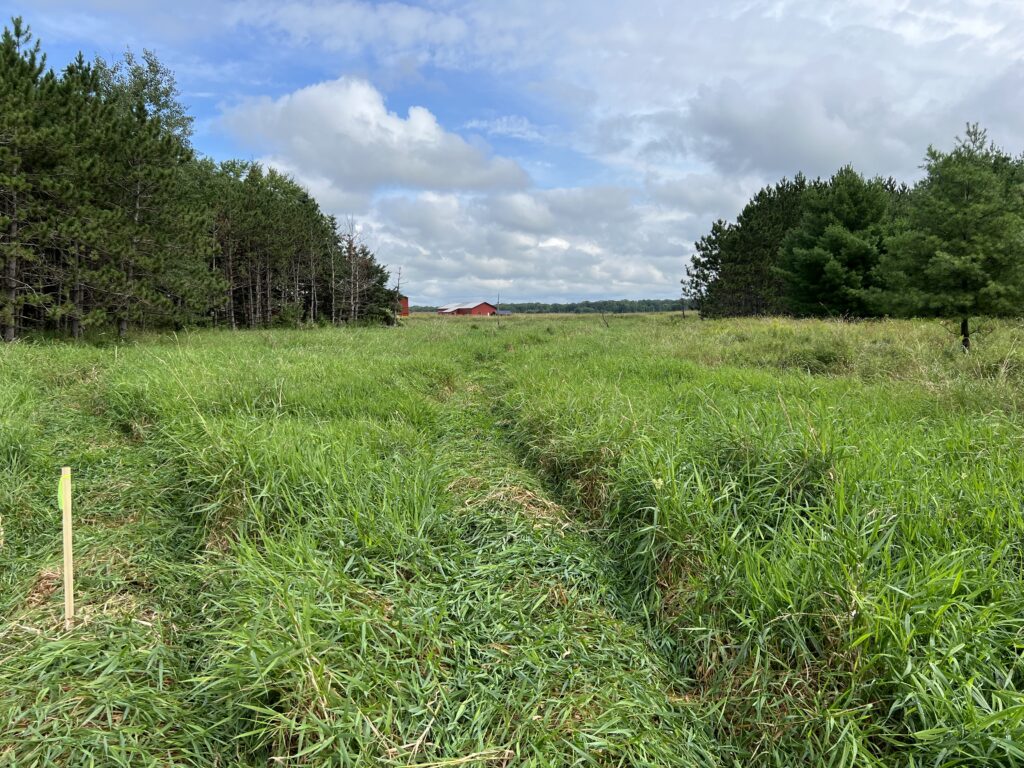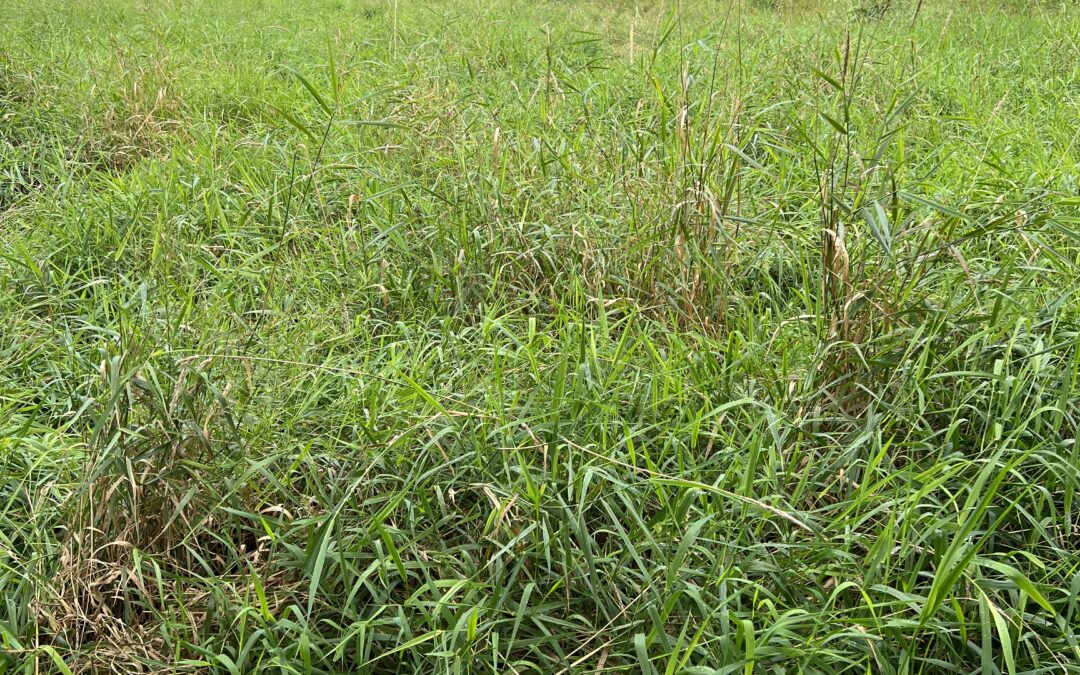As we close out another year of growth as a company, I’d like to share about a personal passion project that could be described as the impetus for all my work.
Nestled just outside of Chili in Central Wisconsin is my family’s 80 acres of land. I have many fond childhood memories that took place on this property. This labor of love is more than just a restoration project; it’s a commitment to making the land both ecologically sound and enjoyable for future generations of Jonetts.
Working this land is also a testament to Midwest Wetland Improvements’ commitment to thoughtfully restoring our natural landscapes, using a technical and detail-oriented approach.

Reviving History
This property, once a bustling hobby farm owned by my great-grandfather, now serves as a canvas for ecological restoration. As the ecological stewards of the land, it is our responsibility to bring degraded land back into a thriving natural system.
Previously a low-quality reed canary grass wetland, it became the headwater of the south branch of the Yellow River and is surrounded by agricultural lands, leading to significant water quality challenges. The south branch of the Yellow River is listed as impaired in 2014 for a degraded biological community caused by excessive amounts of phosphorus in the watershed. Working with the DNR and the county, we decided that it was necessary to restore this habitat functionally and aesthetically, while enhancing water quality by buffering and treating agricultural runoff. The ultimate goal is to recreate an ecosystem to attract birds, turtles, amphibians, and migratory waterfowl.
Project Challenges
This restoration project has not been without hurdles! The initial construction in spring was fraught with challenges. The late season snow, and wetter than average spring wet season forced us to halt construction temporarily, which was an important lesson learned. When you are doing more harm than good, it’s time to stop while you’re ahead.
We also uncovered a potential draining layer of sand and gravel beneath the wetland’s hydric soils. If we had known this sooner, we could have saved a lot of work. This oversight emphasizes the importance of thorough soil borings. Do more than you think is necessary.
Project Continuation
In the new year, we will continue to work toward creating nearly one and a half acres of wetland scrapes and wildlife ponds, surrounded by two acres of buffer around the new ponds.
After restoring the wetlands in early 2025, we will begin moving into the maintenance phase of the project. We will manage the vegetation and control invasive species, which involves controlled burning in collaboration with our local fire department, strategic grazing with the help of our neighbors’ cattle, and a brush mower. Sounds like some good family time on the weekends tending to the land.
Working Across the Midwest
This project embodies my commitment to transforming degraded lands into vibrant ecosystems through collaborative partnerships with landowners. As I celebrate the progress we’ve made with my family’s wetlands, I also look forward to partnering with more landowners in the coming months.
Thank you for trusting me with your projects. See you in the new year!


Recent Comments